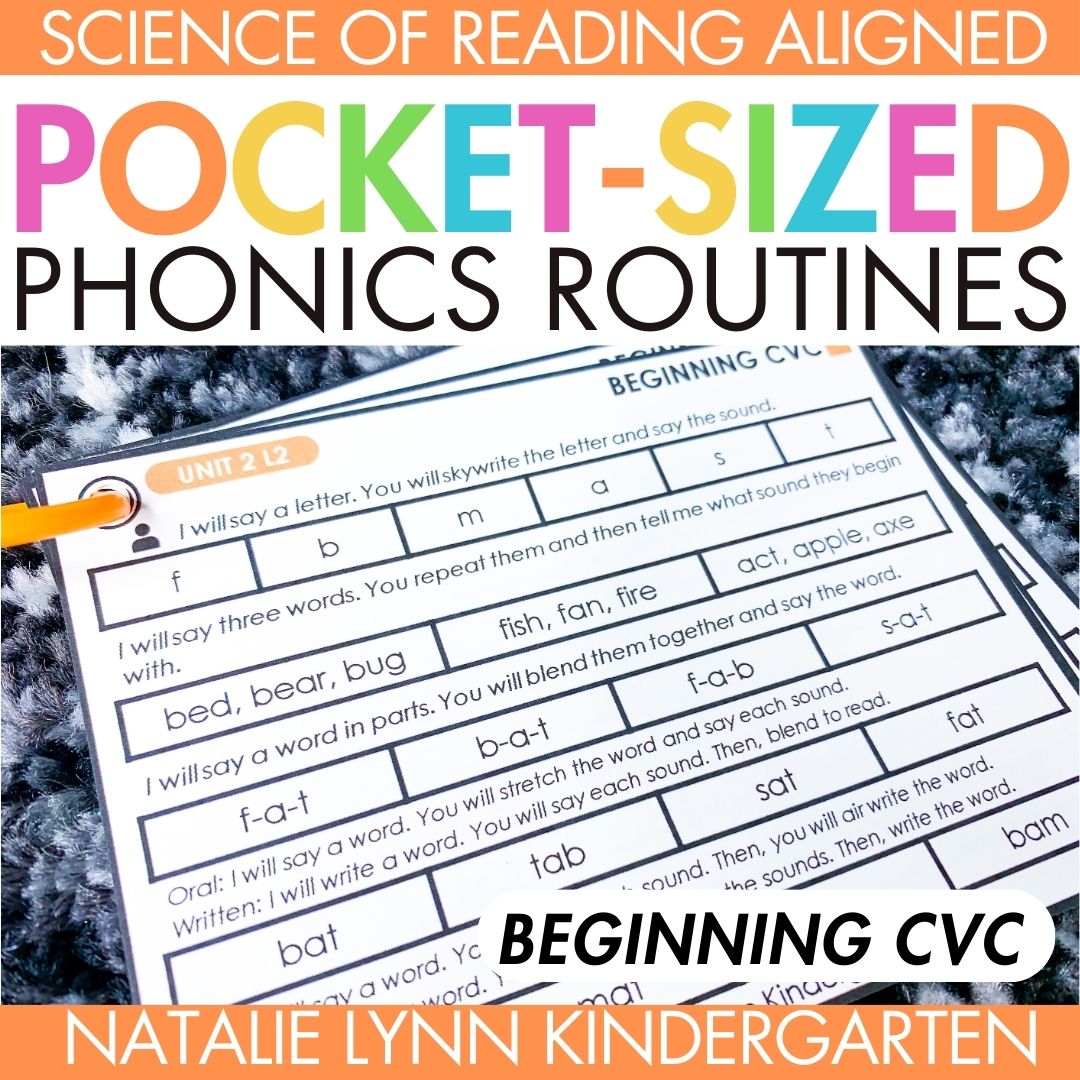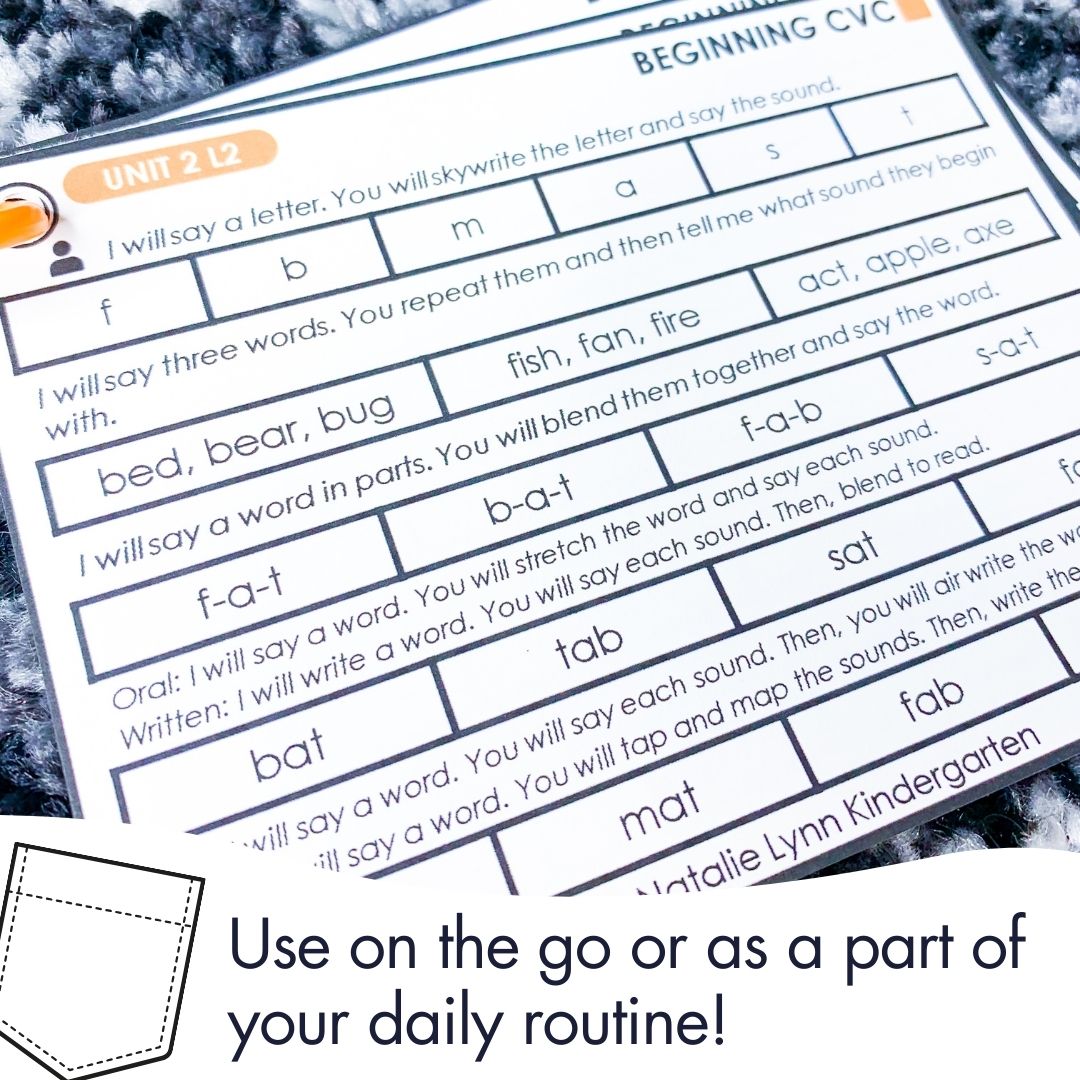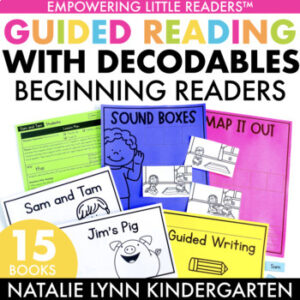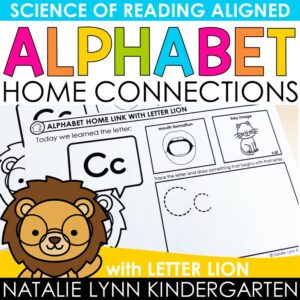Beginning Reader CVC Pocket-Sized Phonics Routines Science of Reading Lessons
$4.00
Phonics that fits in your pocket! The Beginning Readers Pocket-Sized Phonics Routines were developed to give you a quick, on-the-go solution to your CVC words phonics lessons. These quick phonics routines can be done completely orally in just minutes each day, or used for longer whole and small groups guided phonics lessons.
More about this resource...
Phonics that fits in your pocket! The Beginning Readers Pocket-Sized Phonics Routines were developed to give you a quick, on-the-go solution to your CVC words phonics lessons. These quick phonics routines can be done completely orally in just minutes each day, or used for longer whole and small groups guided phonics lessons.
Science of Reading Aligned: These lessons align 100% with my Science of Reading Guided Curriculum. There is one pocket-sized routine for each lesson. However, they can be used regardless of your phonics or small group curriculum.
What is included?
- 15 Pocket-Sized phonics routine cards – one for each lesson in the Science of Reading Guided Curriculum Unit 2
How do the Pocket-Sized Phonics Routines work?
Just print on cardstock or laminate, chop, and place on a ring! These lessons can be done 100% orally or with a written component. Instructions for both are included.
What skills do the Pocket-Sized Phonics Routines include? Each set focuses on one main phonics skill, although you will see some smaller skills such as multisyllable words mixed in. Each lesson includes:
- Phonological and/or phonemic awareness
- Skill reviews
- Blending
- Segmenting or decoding
- Encoding
Beginning CVC: Each lesson will add in 1-2 letter sounds for review. The words included in the routine will ONLY include sounds previously reviewed.
Beginning CVC lessons include:
- Letter review – students will skywrite letters as they say their sounds.
- Phonemic awareness – students will identify the beginning sound in a set of words.
- Blending – you will say three sounds. Students will blend them together to say a word.
- Segmenting or decoding – If done orally, you will say a word and students will segment it. If done written, you will write a word and students will decode it.
- Encoding – If done orally, you will say a word and students will skywrite it. If done written, you will say a word and students will write it.
How can I used the Pocket-Sized Phonics Routines?



These pocket-sized routines will be even more powerful when followed up by or used to review after each lesson in the Science of Reading Guided Curriculum!
FREQUENTLY ASKED QUESTIONS
Are these cards editable? I’m sorry, most cards are not editable.
Do I need to use these lessons and routines in order? For most you do not. However, please keep in mind that most of the lessons build on each other. For the Beginning CVC set, each lesson will add in 2 letters, so you will want to go in order.
Can I use these lessons and routines even if I don’t use your curriculum? YES! These phonics routines would work well with any curriculum that follows a similar scope and sequence.
Are these routines aligned with the Science of Reading? Yes, these routines were developed with best practices from SOR in mind. The lessons are explicit and the skills build in a systematic way through the scope and sequence.
What phonics scope and sequence will these lessons follow? They will follow the scope and sequence of my Science of Reading Guided Curriculum 100%. You can see that full scope and sequence broken down by lesson in the preview here.






